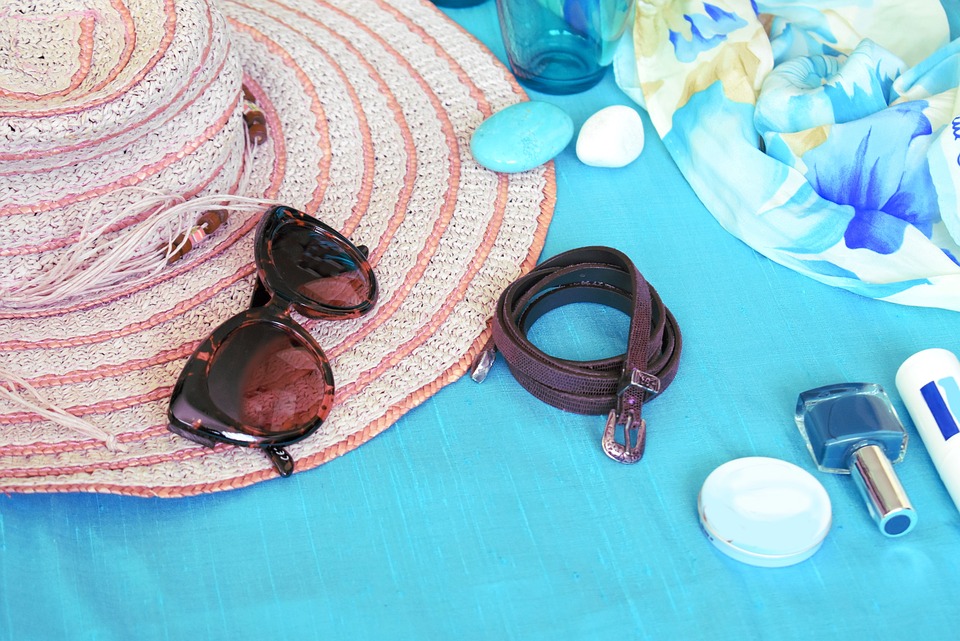Beyond SPF: What Sunscreen Labels Don’t Tell You About Safety
As summer approaches and sun-seekers spring into action, the shelves of drugstores and supermarkets become overflowing with tubes and bottles of sunscreen boasting broad-spectrum protection and high SPF ratings. But while consumers are often well-versed in selecting the right SPF, the conversation surrounding sunscreen safety is often more complex than mere numbers and catchy labels. Here’s a deeper look into what sunscreen labels might not tell you about their safety and efficacy.
Understanding SPF
Sun Protection Factor (SPF) measures a sunscreen’s ability to shield skin from UVB rays, which are primarily responsible for sunburn and contribute to skin cancer. However, many consumers mistakenly believe that a higher SPF provides proportional protection, leading to misconceptions about how sunscreens should be used. For example, an SPF 30 sunscreen screens roughly 97% of UVB rays, while SPF 50 blocks about 98%. This difference is marginal, yet many opt for the higher number without understanding it does not equate to vastly better protection.
The Misleading Nature of Broad Spectrum
The term "broad spectrum" on sunscreen labels indicates that the product protects against both UVA and UVB rays. While UVB rays are primarily associated with sunburn, UVA rays penetrate deeper into the skin and are linked to premature aging and skin cancer. Unfortunately, not all "broad spectrum" sunscreens are created equal. The effectiveness of UVA protection can vary greatly, and some products may not adequately filter out harmful UVA radiation. The FDA has proposed regulations to better define these terms, but until then consumers must do their research to ensure their chosen products offer comprehensive protection.
Harmful Chemicals: The Hidden Dangers
Many popular sunscreens contain chemical ingredients like oxybenzone, avobenzone, octisalate, octocrylene, and octinoxate. While these chemicals are approved by regulatory agencies, concerns about their long-term health effects are increasingly being raised. Oxybenzone, in particular, has been shown to penetrate the skin and potentially disrupt hormonal balance. Furthermore, certain ingredients have been linked to allergic reactions or irritation in sensitive individuals.
Emerging research indicates that some sunscreen ingredients may also contribute to environmental concerns, such as coral bleaching, leading several locations to legislate against the sale of specific chemical sunscreens. Brands that prioritize mineral sunscreens containing zinc oxide or titanium dioxide may be safer choices, as these ingredients are considered less irritating and provide physical barriers against UV radiation.
The Importance of Application and Reapplication
Even the best sunscreen can fail if not applied correctly. Many people underestimate the amount needed for effective protection, resulting in inadequate coverage. The recommended quantity is about an ounce (the size of a shot glass) for full-body coverage. Additionally, reapplication is crucial, especially after swimming, sweating, or towel drying. Many consumers falsely believe that applying sunscreen once a day is sufficient, but studies show that frequency of reapplication (every two hours at a minimum) is key to maintaining effective sun protection.
The Role of "Water Resistance"
Sunscreens often tout water-resistant policies, claiming to last for either 40 or 80 minutes while swimming or sweating. However, these claims can be misleading. Water resistance doesn’t mean the sunscreen is impervious; rather, it suggests the product offers a certain level of protection only for a specific duration. Consumers should always reapply sunscreen after swimming or drying off, regardless of the water resistance claims.
The Failure of Expiration Dates
Many consumers overlook expiration dates on sunscreen packaging, assuming that once purchased, the product is good indefinitely. However, active ingredients can degrade over time, reducing the sunscreen’s effectiveness. The FDA requires that all sunscreens maintain their labeled SPF for at least three years, but the effectiveness beyond this time cannot be guaranteed. Keeping track of when the product was purchased and regularly checking the expiration date is crucial.
A Holistic Approach to Sun Safety
While sunscreen is a valued ally in the fight against sun damage, it should not be the sole strategy for sun safety. Wearing protective clothing, seeking shade, and avoiding sun exposure during peak hours—typically between 10 a.m. and 4 p.m.—are also smart practices. Moreover, it’s essential to remember that complementary tools, such as sunglasses and wide-brimmed hats, contribute to comprehensive sun protection.
Conclusion
As consumers prepare to bask in the sun’s warmth, being armed with knowledge about the intricacies of sunscreen labels can lead to improved safety and effectiveness. Understanding SPF limitations, scrutinizing ingredients, and practicing proper application are just a few steps towards ensuring better protection against harmful UV rays. Instead of merely relying on the flashy labels of sunscreen, it’s crucial to adopt a thoughtful and informed approach to sun safety that transcends the bottle’s contents. After all, the ultimate goal is not simply to avoid sunburn, but to protect skin health for a lifetime.
